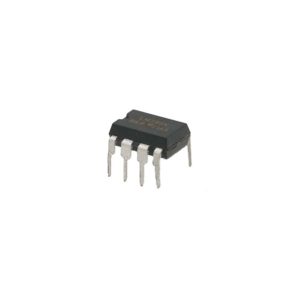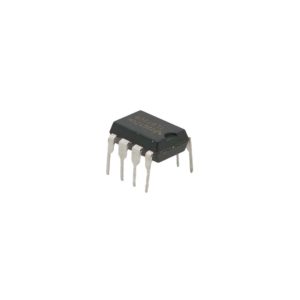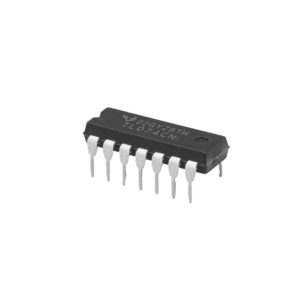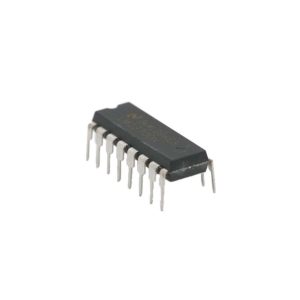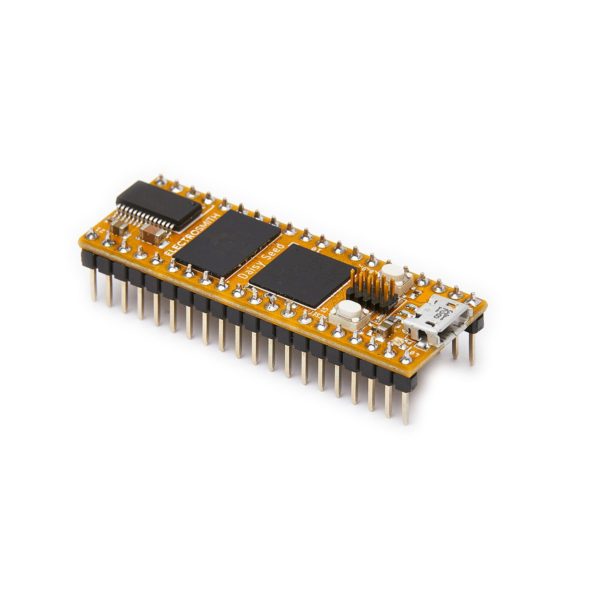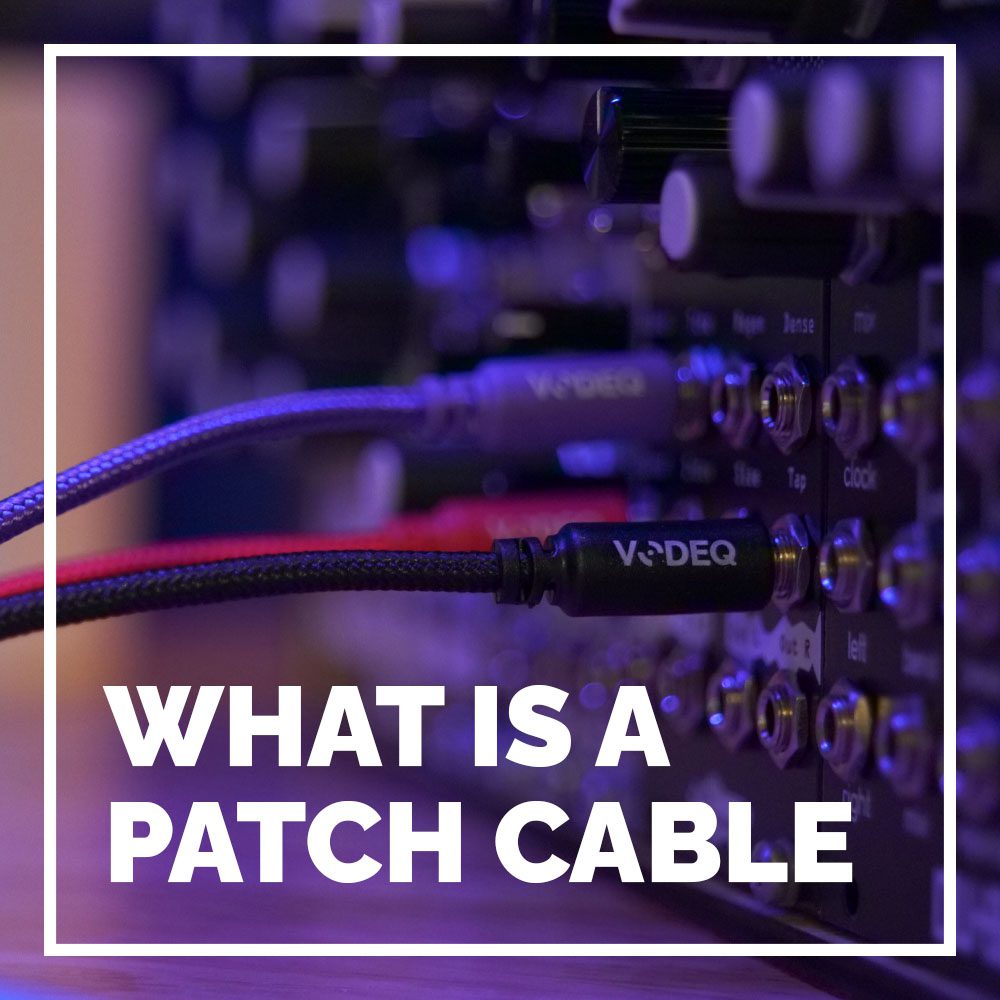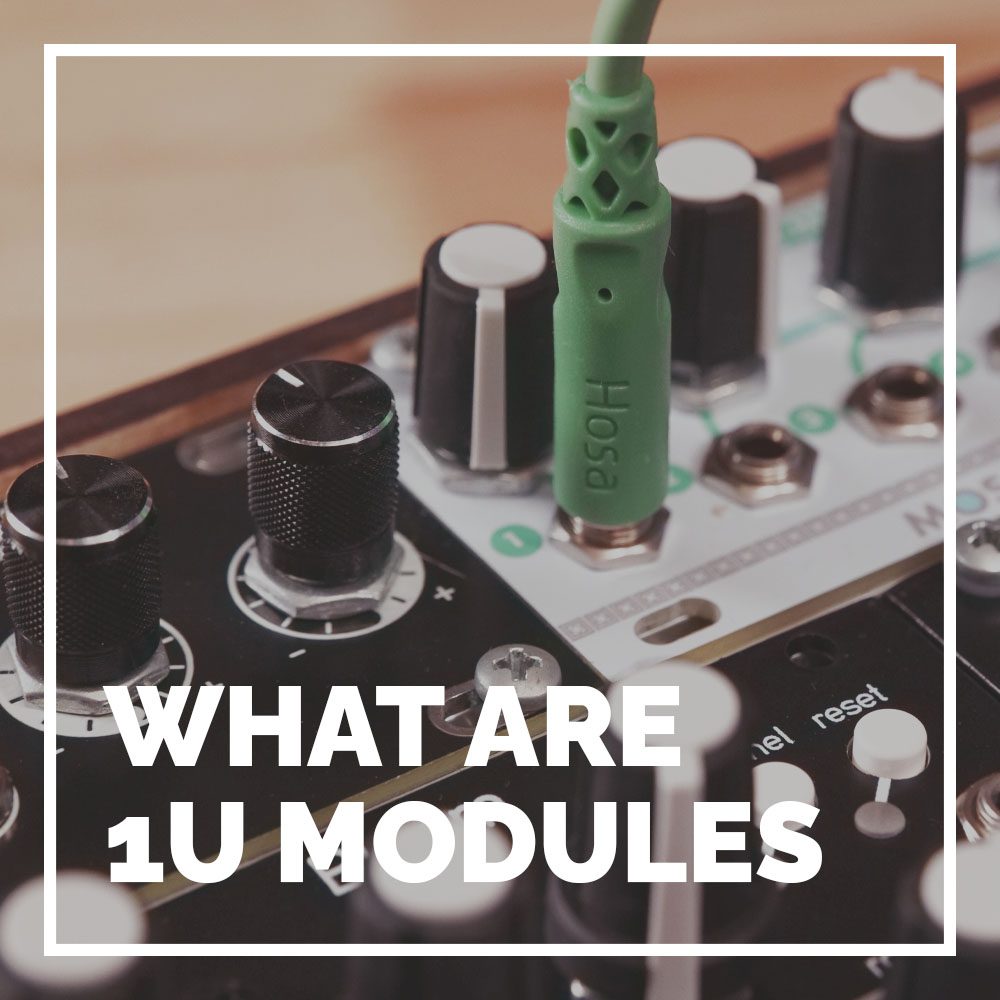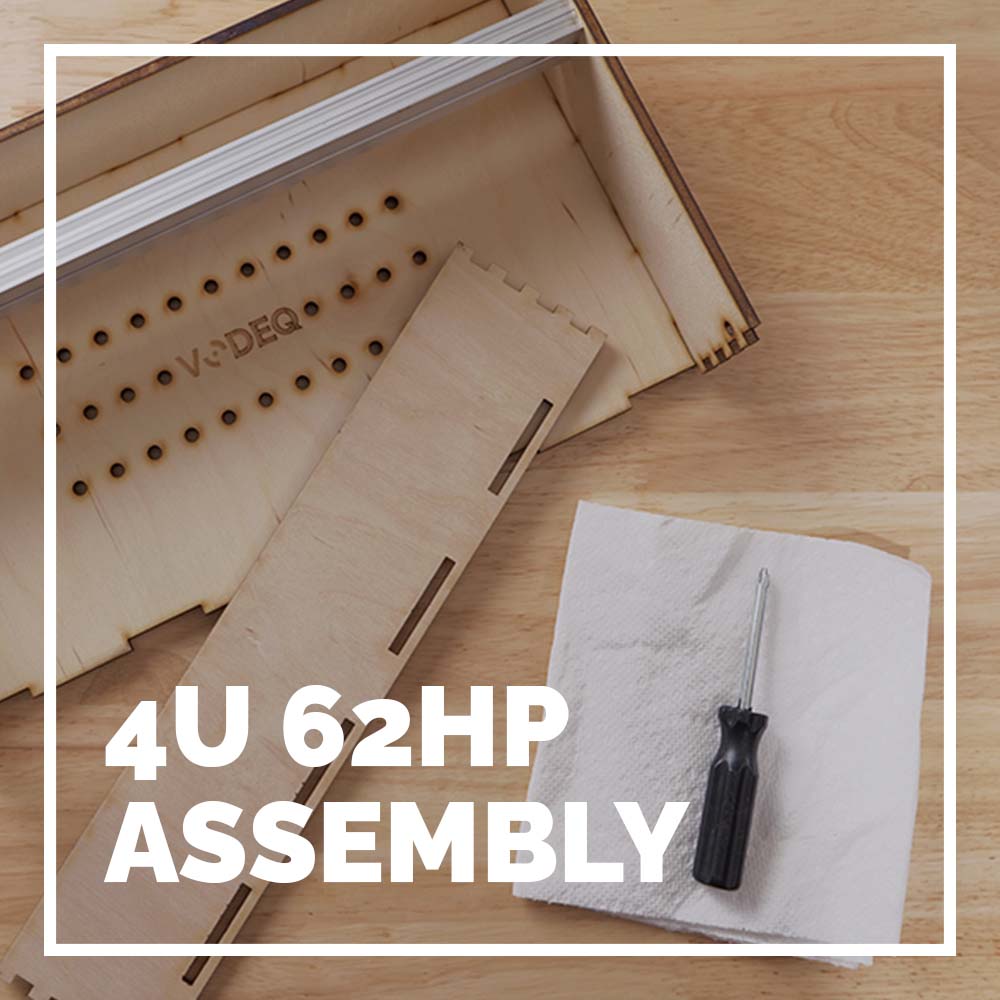

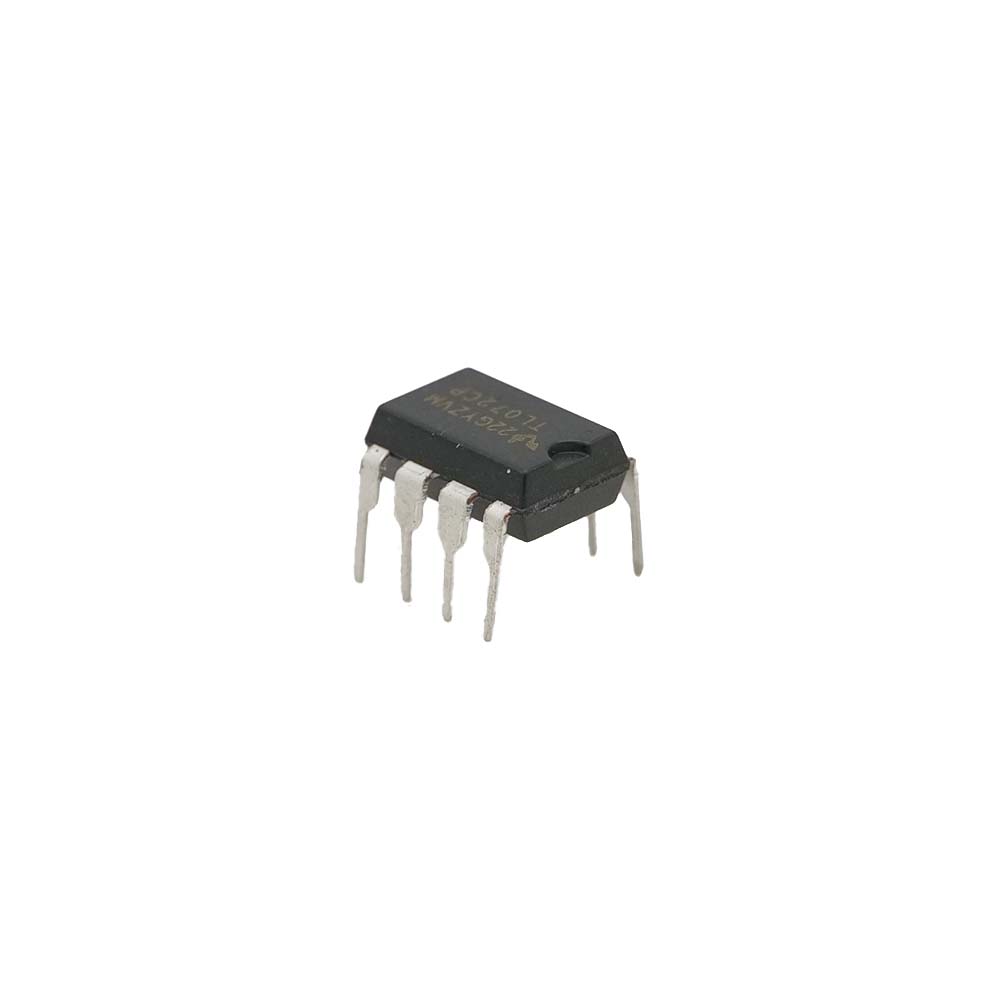

The TL072 and TL074 are almost completely identical, with the TL074 simply having 4 pairs of op-amps instead of two. Op-amp ICs often have multiple tiny op-amps contained within them, with the TL074 being able to amplify 4 separate signals, and the TL072 (it’s little brother) handling two.
The LM386, on the other-hand, is a single operational amplifier with dedicated gain pins, giving the circuit designer more fine control over the output levels. If you’re just getting into Eurorack, we recommend picking up a few TL072s and TL074s at a minimum, just so you can quickly troubleshoot modules and replace faulty components should they pop up.
For oscillators, the most common chip you’ll see is the 3340, which is based off the legendary CEM 3340 chip found in countless classic synths such as the Oberheim OB-Xa and the Prophet V. These days, you can find a few different variations of the chip from a variety of manufacturers. Our personal favorite, and the one we use in many of our own synth creations is the Alfa AS3340, created by a small Latvian company and imported to the United States. While we don’t have any in stock right now (the global chip shortage is an easy cop-out answer, but in this instance, it’s true), AI Synthesis has a good selection, and we’ve always been impressed by their responsiveness and customer service.


ADSRs are one of the least common ICs (due to their relatively easy replacement with a digital circuit), but once again, our Latvian friends deliver. Their AS3310 is a great choice if you’re looking to create an analog ADSR circuit, but it’s one of the few options on the market for those looking for a self contained solution. For filters, ICs often come in a wide variety of flavors. There are a few that recreate the iconic sound of the MS20 filter from Korg, and a variety of other options you’ll run across for the different types of filters on the market (diode ladder, etc).
Finally you have the iconic VCA, or voltage controlled amplifier. There are a few ways that manufacturers go about adding VCAs to their creations, but the two most common are the 2164 and LM13700. Let’s start with the 2164 – this chip is one of the most useful little ICs on the market, packing 4 separate VCAs into a single compact chip. There are a variety of brands that create this chip, but we defer to the AS2164, which in our opinion offers the best blend of quality and price. The LM13700 on its own is not actually a VCA, but the unique properties of this chip make it a great choice to create custom VCA circuits, and you can find countless examples of these circuits on the internet.
